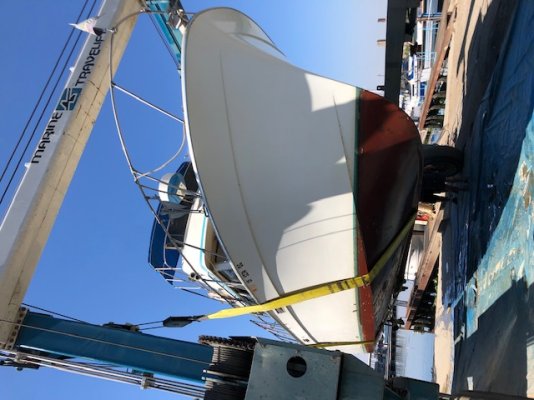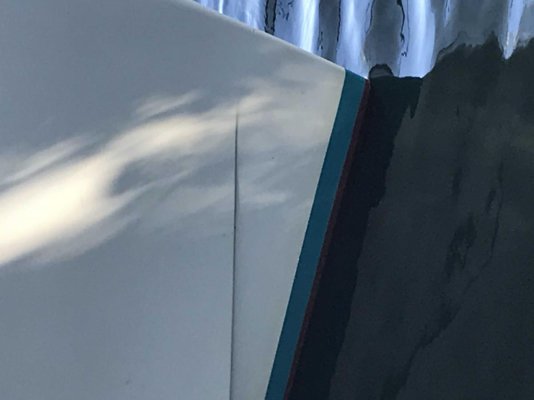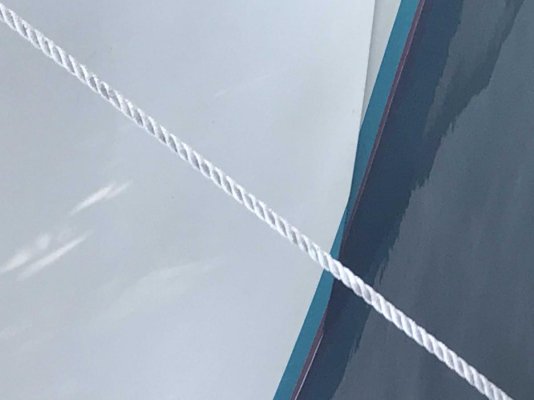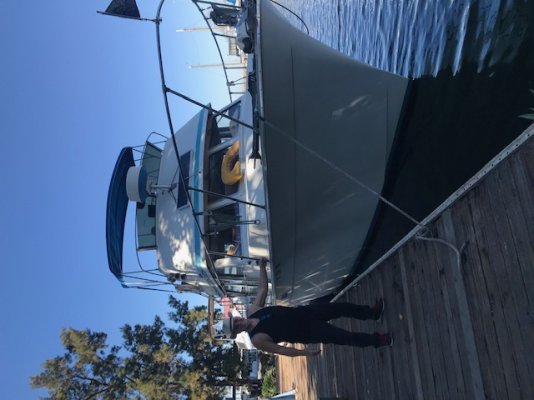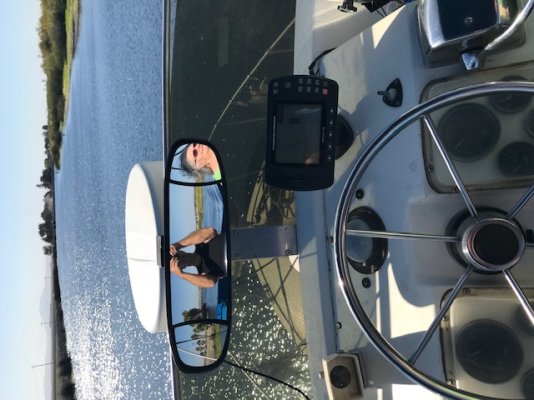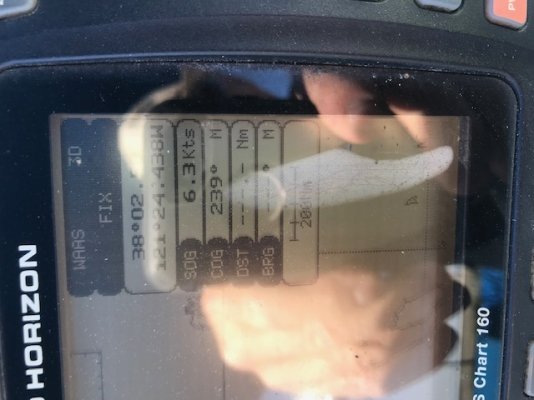Nomad Willy
Guru
Soo Valley wrote;
“Eric, I must respectfully disagree. Since this is very common with GB for decades, if the designers thought you were correct they would have made modifications.
Previously I had planning hulls and they had the CG aft of center, so again the engineers must have worked the design for optimum layout.”
A boat with a CG the way the designer called it may be an unusual boat. Things like #of engines and their location may be the call of the marketing dept.
Re how constant the designers were are the single and twin engine locations the same fore and aft? But perhaps they moved other weighty things to compensate. But one would think if the twin was right one would need to have the single w engine right where the head is on the drawing in post# 23.
But I’ve never heard of a GB skipper complain about the seaworthyness or handling of a GB boat. Some say the’re “wet” tho.
And of course you’ve heard the expression “she floats on her lines”. Never “she runs on her lines at cruising speeds”.
“Eric, I must respectfully disagree. Since this is very common with GB for decades, if the designers thought you were correct they would have made modifications.
Previously I had planning hulls and they had the CG aft of center, so again the engineers must have worked the design for optimum layout.”
A boat with a CG the way the designer called it may be an unusual boat. Things like #of engines and their location may be the call of the marketing dept.
Re how constant the designers were are the single and twin engine locations the same fore and aft? But perhaps they moved other weighty things to compensate. But one would think if the twin was right one would need to have the single w engine right where the head is on the drawing in post# 23.
But I’ve never heard of a GB skipper complain about the seaworthyness or handling of a GB boat. Some say the’re “wet” tho.
And of course you’ve heard the expression “she floats on her lines”. Never “she runs on her lines at cruising speeds”.

